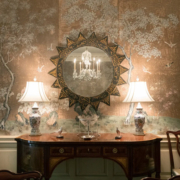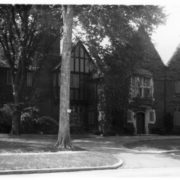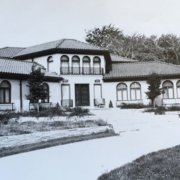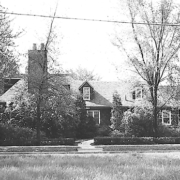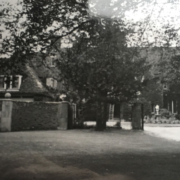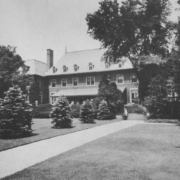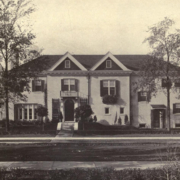Historical Architecture of Grosse Pointe – The Gracie Wallpaper Company
Last week we explored the work of Robert O. Derrick and Branson Gamber. Together they were a united force, while individually they are remembered as two very talented designers. They created several fine homes in Grosse Pointe and numerous landmark buildings in Metro Detroit.
This week we are going to focus on something completely different, a very special and exclusive interior feature that is found today in just a handful of homes in Grosse Pointe – wallcovering, by the Gracie Wallpaper Company.
Since the turn of the twentieth century Grosse Pointe has welcomed not only some of the nations most talented architects but also some of the most skilled landscape and interior designers. The latter have filled the grand estates with some of the finest interior finishes money can buy with elegant hand carved plaster moldings, beautiful wood paneling and carvings, décor, furnishings, art, and wallpaper. While many of the landscape architects were selected by the architects themselves, the interior specialists were normally hired by the owners of the home.
One such example, present in just a handful of homes, is the one-of-a-kind wallpaper by the Gracie Company. Gracie wallpaper is not your standard wallpaper, but a covering of silk, hand painted by artists. To this day it remains highly sought after and can be found on the walls of some of the most notable homes in the world. Gracie’s order books once included such names as Astor, Vanderbilt, and Rockefeller. More recently (around 2010) it was ordered for a room in the Whitehouse. In Grosse Pointe a few of the homes that have/had Gracie wallpaper include
- 226 Provencal (present today)
- 105 Lake Shore (present today)
- 114 Lothrop (removed)
The Gracie Wallpaper Company is a family business that dates back 127 years. It was founded by Charles R. Gracie in 1898, in New York City. It is reported “he started his business selling custom lamps and unique home furnishings, but by the 1920s, he had expanded his offerings to include Chinese and Japanese furniture, screens, and porcelain. When a friend in the textile trade presented him with a roll of ornate chinoiserie wallpaper he knew he’d happened upon something truly extraordinary. During the 1920’s the firm began to import the hand-painted silk, the first company to import hand painted wallpapers to the United States since the 1700s.” Source: graciestudio.com. By the early 1930’s, during the art deco era, Gracie sold their first metallic papers. It is understood the first metallic pattern was a silver-leaf paper with four-inch-by-four-inch squares. In the book The Art of Gracie, it is explained “metallics first became popular in dining rooms for their magical alchemy with candlelight, making special feasts and dinner parties festive.” It was during this period the Gracie Company became widely known for its exquisite works of art.
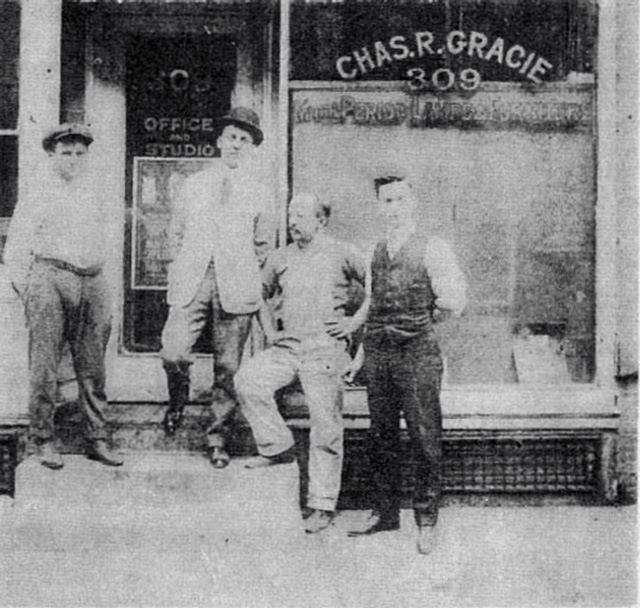
Here in Grosse Pointe, we know of two homes that still have Gracie wallcoverings, and at least one home that used to.
226 Provencal
226 Provencal is a stunning Regency style Manor completed is 1940. It presents a perfect balance of modern elements and beautiful architecture that you would expect to find in a home from this era. At 9,583 sq ft it is one of the larger homes on the prestigious street of Provencal. The house was designed by Frank Miles for John Lord Booth, son of Ralph Harmon Booth (president of Booth newspapers and a major arts patron in Detroit). Black and white image courtesy of: Tonnancour, Volume 1.
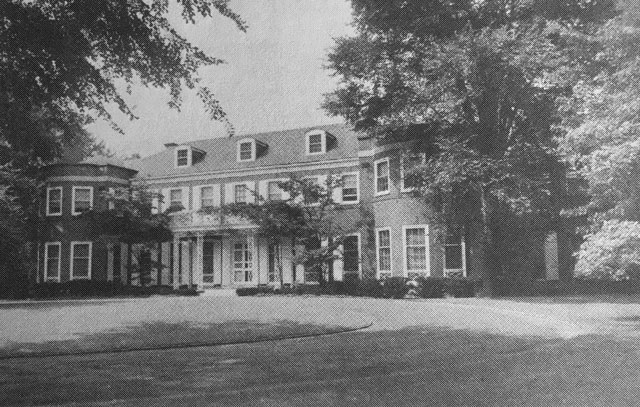

It is not known who the interior designer was, but it is sublime. The house is filled with many fine elements, including the Gracie wallpaper in several rooms – wrapped in a shimmering metallic finish with ornate details. The most impressive room is the long formal dining room, with deep moldings, wainscot, and the one-of a kind hand painted silk adorning the walls. The photos below provide a glimpse at just how stunning it truly is.
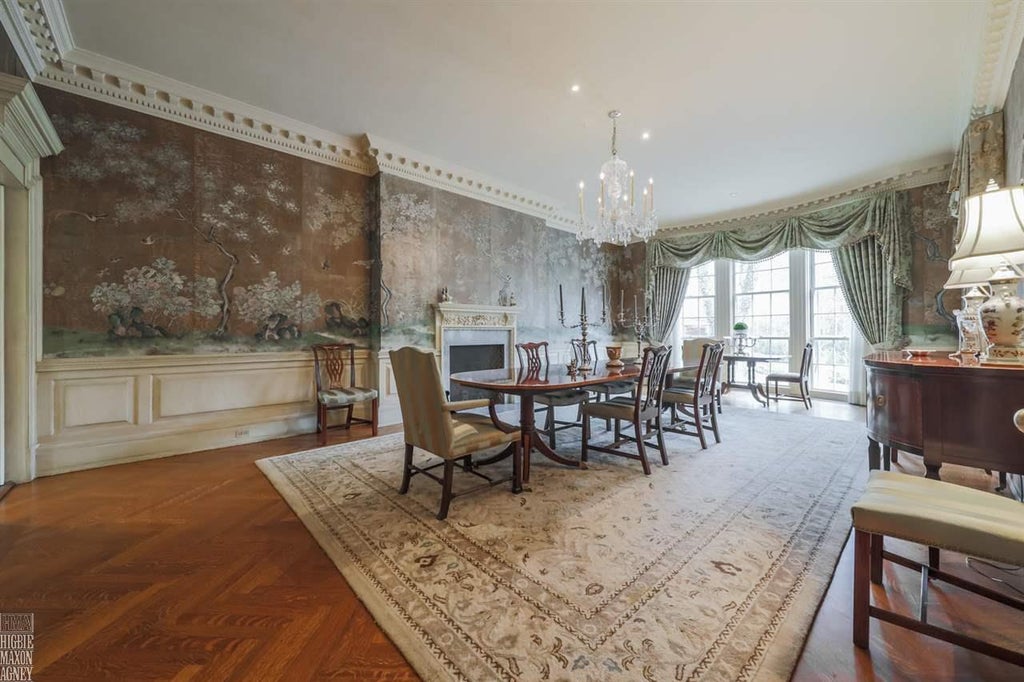
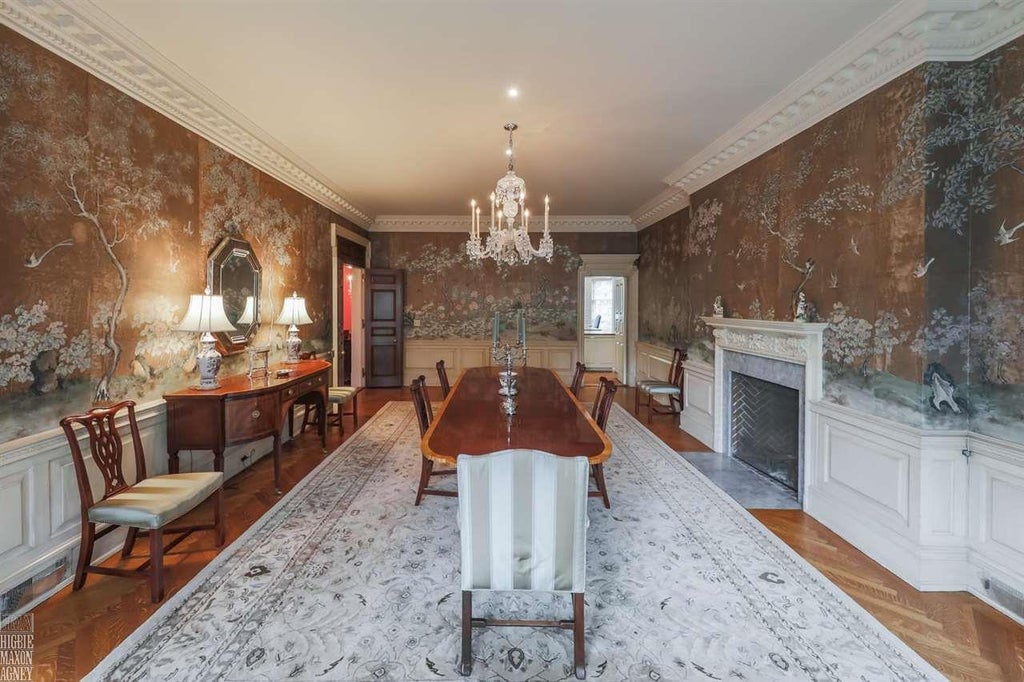
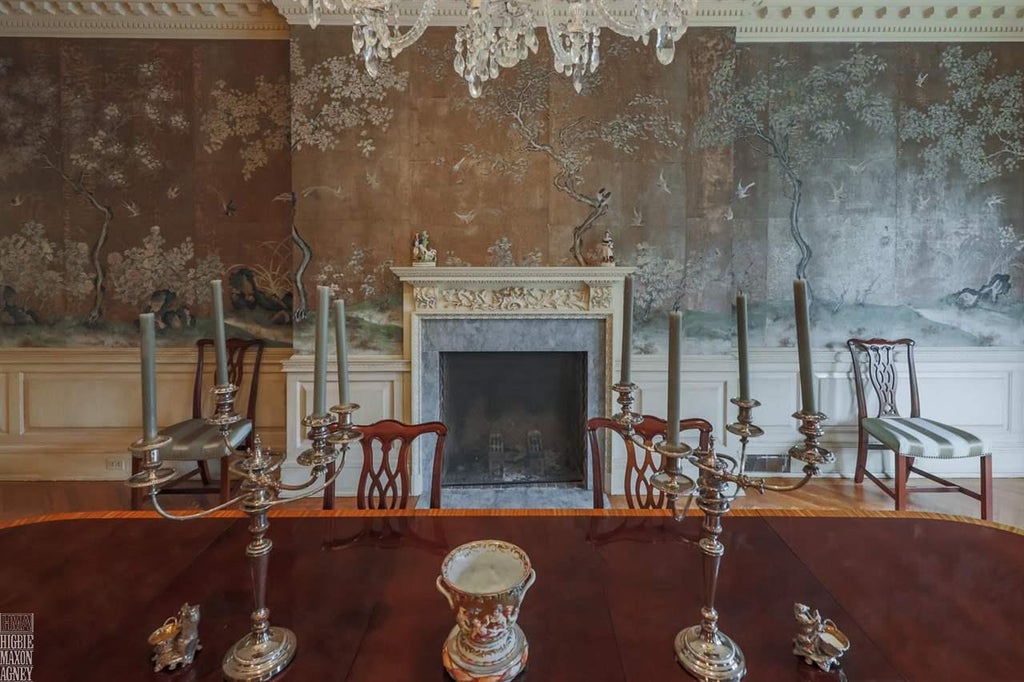
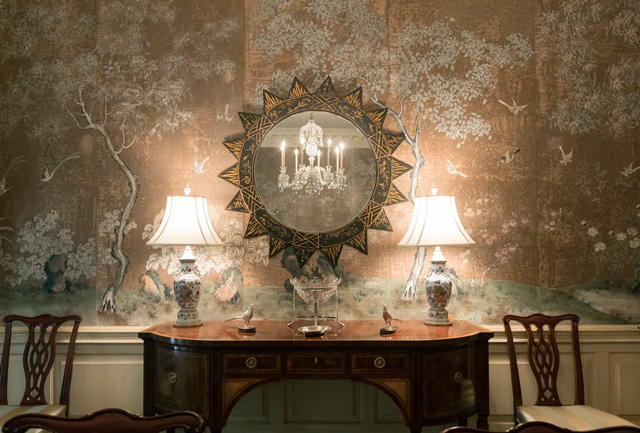
Other rooms with the Gracie wallcovering is the women’s powder room. It was common for grand homes of this era to provide separate bathrooms for male and female guests, and they were decorated accordingly.
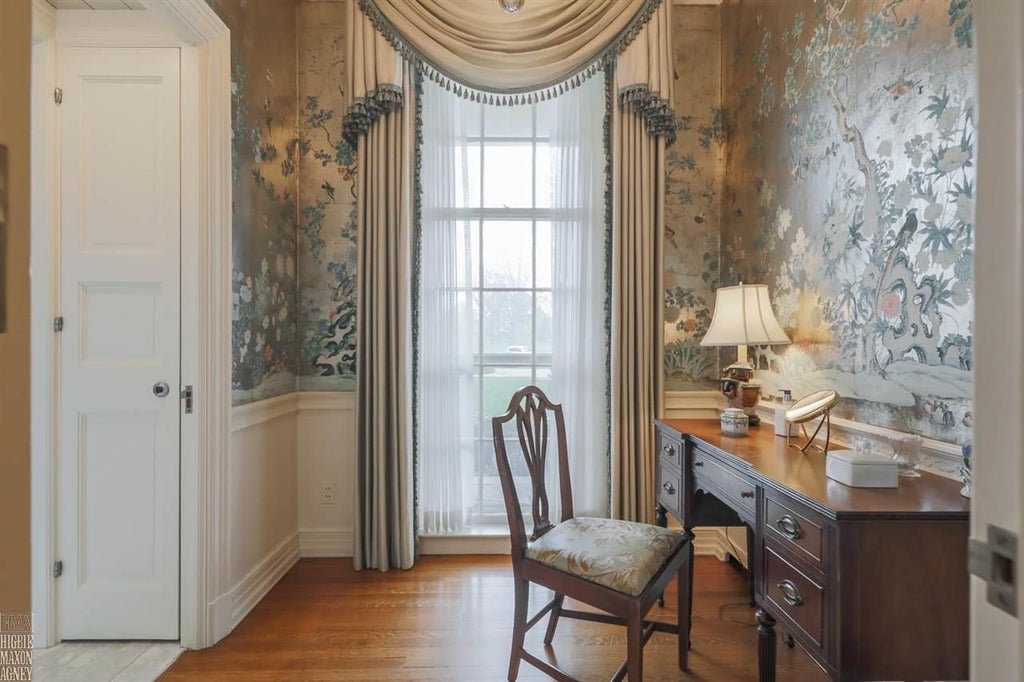
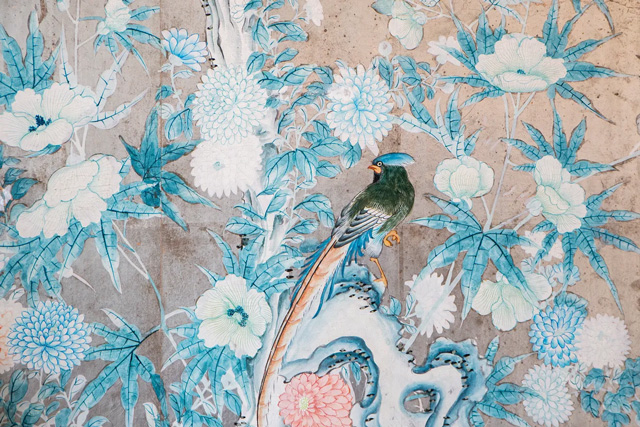
The owner John Booth was born in Detroit in 1907. Having graduated from Yale, in 1928, he became the private secretary to the American ambassador to Denmark, in 1930. He then held the position of vice president, and treasurer at the Ralph H. Booth Corporation (1931-1938). Post 1939, he became the founder, owner, and chairman of numerous broadcasting companies throughout Michigan and the United States. Mr. Booth married Louise Preston Camper, 1944, and together they had four children.
105 Lake Shore
105 Lake Shore is a Georgian Colonial mansion built be the renowned local architect/builder Hilary H. Micou. At the time, it was reported the 8,419 sq ft mansion was expected to cost $137,000 (around $1.4m today) to build. It was first purchased by Harry Baron Howenstein and his new wife Grace Briggs Robinson, who married in February 1960.
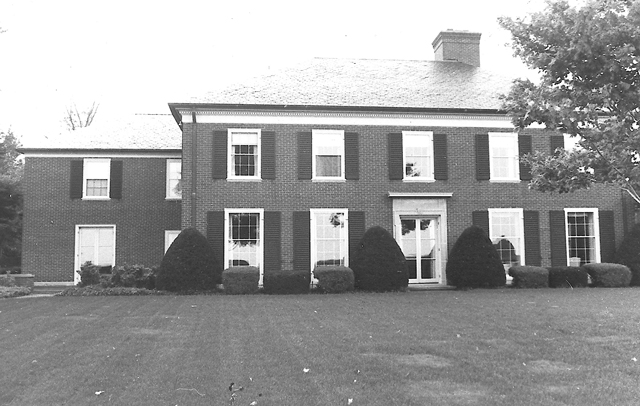
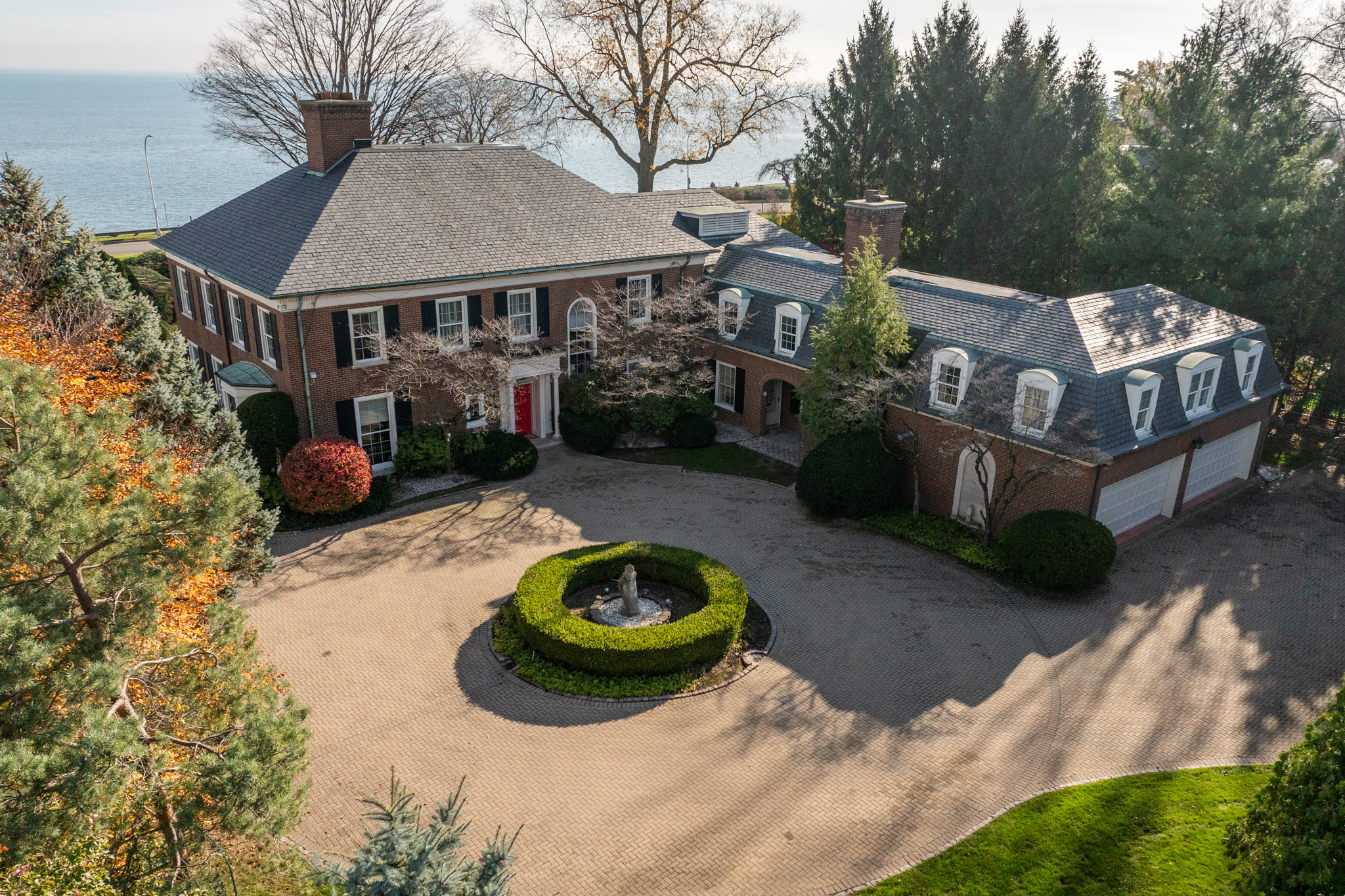
It is not known who the couple hired to design the interior of their new home but is superb. There are many fine architectural details including an antique mantel from the mansion of Grace Briggs father, Walter O. Briggs (located at 700 West Boston Blvd). On the main floor many of the rooms have a perfect view of the lake, including the large formal dining room, with its sumptuous Gracie wallcovering.

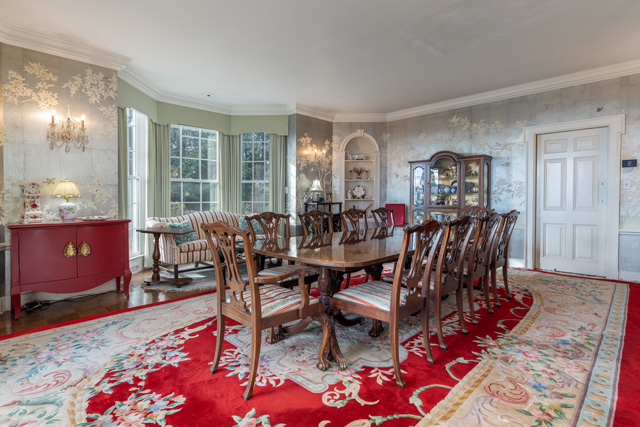
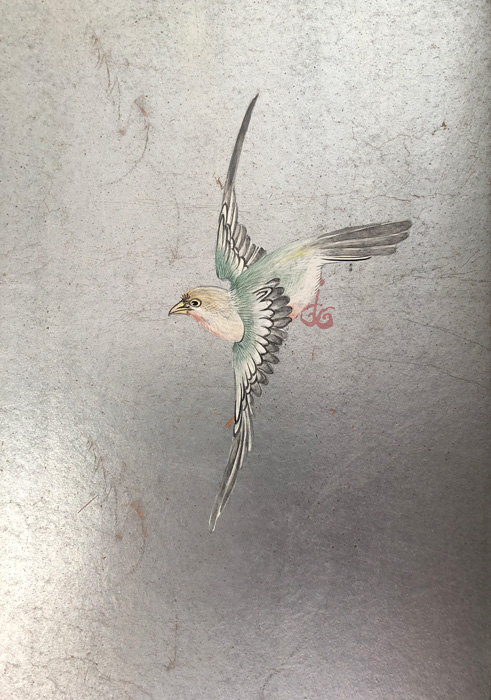
114 Lothrop
114 Lothrop, the “Hudson House” is one of several Regency style homes designed by Hugh T. Keyes in Grosse Pointe during the 1930’s. Completed in 1937, it was completed for Canadian World War 1 veteran, Doctor J. Stewart Hudson. Measuring 10,586 sq ft it was one of Keyes larger homes in Grosse Pointe.
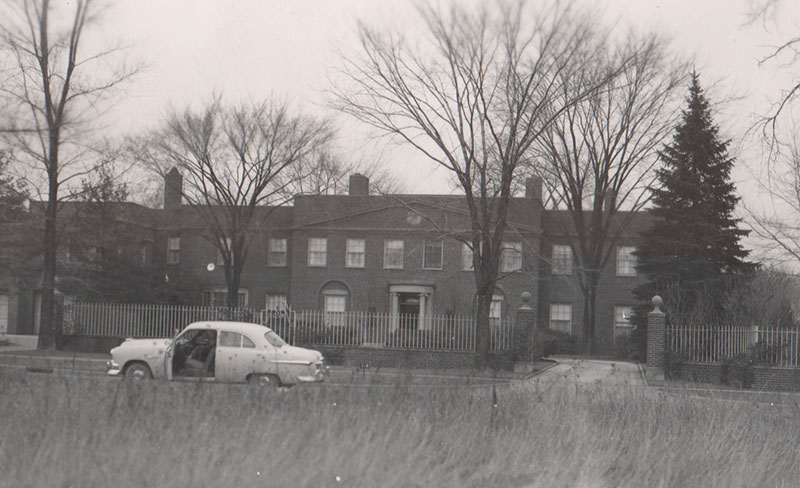
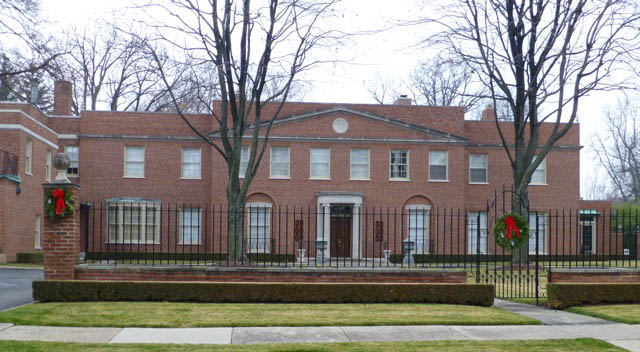
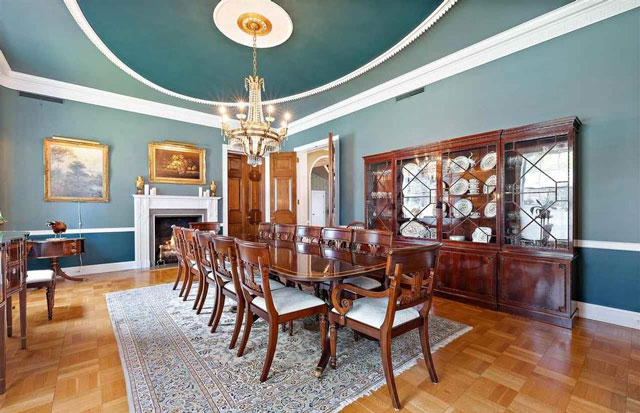
Architectural Detroit historian Thomas Brunk wrote about the wonderful interior of the home, which once included Gracie wallcovering. Brunk reported, “the decorative elements in the home are minimal yet used effectively to provide elegance to the rooms.” Sadly, over the years, the Gracie wallcovering has been removed.
Today, the Gracie Wallpaper Company is still going strong, run by brother and sister, Mike and Jennifer Gracie, who are maintaining their great grandfather’s legacy as the fourth-generation leaders of the company. Each Gracie panel is still crafted in China, with painstaking attention to detail, and painted by hand by the same studio the family has worked with for more than 50 years. Over the course of the company’s history the wallpaper has been used by some of the world’s leading designers and has been featured numerous times in Architectural Digest magazine. Gracie still carries an impressive selection of Chinese and Japanese antiques, as well as lacquer furniture, but they are still best known for their signature product – exquisite, custom, hand painted wallpapers.
It has been said of the wallcovering, “once installed, Gracie most often stays put from owner to owner.” Thankfully this remains the case in two homes (that we know of) in Grosse Pointe.
If you have Gracie wallpaper in your home, I would love to hear from you.
* Photos courtesy of the Higbie Maxon Agney archives unless stated.
** Research, information, and data sources are deemed reliable, but accuracy cannot be fully guaranteed.
Written by Katie Doelle
Copyright © 2025 Katie Doelle

